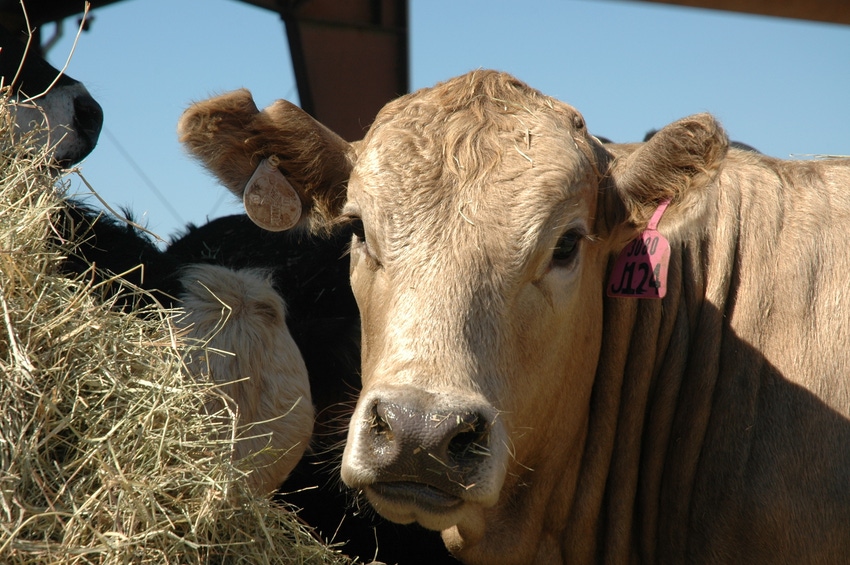November 13, 2013

Though some Washington County, Texas ranchers may have been baling hay, plenty of beef cattle producers were on hand at the recent South Central Texas Cow-Calf Clinic in Brenham to hear an optimistic outlook about future cattle prices and the opportunities ahead for the industry.
“We have benefitted greatly from the rain and that has supplied our ponds with plenty of water going into the winter season,” said Larry Pierce, Texas A&M AgriLife Extension Service agent for Washington County. “The rain has lifted the spirits of our local producers.”
The cow-calf clinic was held at the Washington County Fairgrounds Sales Facility. Like a lot of Texas ranching communities, drought has cut deeply into cow numbers throughout the county, Pierce said.
“We’ve noticed a trend as these beef cattle producers are getting older, many of them are getting out of the business, converting their land over to wildlife management.”
Though the cow numbers are down, Pierce said it is expected to change as ranchers begin to build back herds with more available forage.
That’s certainly being reflected in the current cattle market, said Dr. David Anderson, AgriLife Extension livestock economist, College Station. Anderson provided a cattle market outlook, highlighting several trends currently affecting beef cattle prices.
If you are enjoying reading this article, please check out Southwest Farm Press Daily and receive the latest news right to your inbox.
The take-home message for ranchers was simple: Tight supplies mean fewer cows, translating into higher prices looking ahead.
“The recent rainfall has pushed cattle prices higher,” Anderson said. “That’s helped ranchers with available forage and encouraged some to purchase cattle, pushing bids higher.”
Live cattle prices hit record levels recently at $1.32 per pound. High cattle prices appear to be a trend that won’t go away anytime soon, as the U.S. cow inventory is at a level not seen since the 1950s, he said.
“We’ve got really tight supplies because of fewer cattle,” Anderson said.
He added that continued growing demand for beef cattle, coupled with a rebuilding of cattle herds throughout the Southwest once drought conditions finally lift, will reset the cattle industry for new challenges ahead.
“I think we will see fewer cows in 2014 than we’ve seen in 2013,” Anderson said. “That will lead to higher prices in 2014 and into 2015 as well. We simply have fewer cows and calves. The rebuilding process has not occurred as soon as many have thought due to continued drought.”
More from Southwest Farm Press:
You May Also Like




